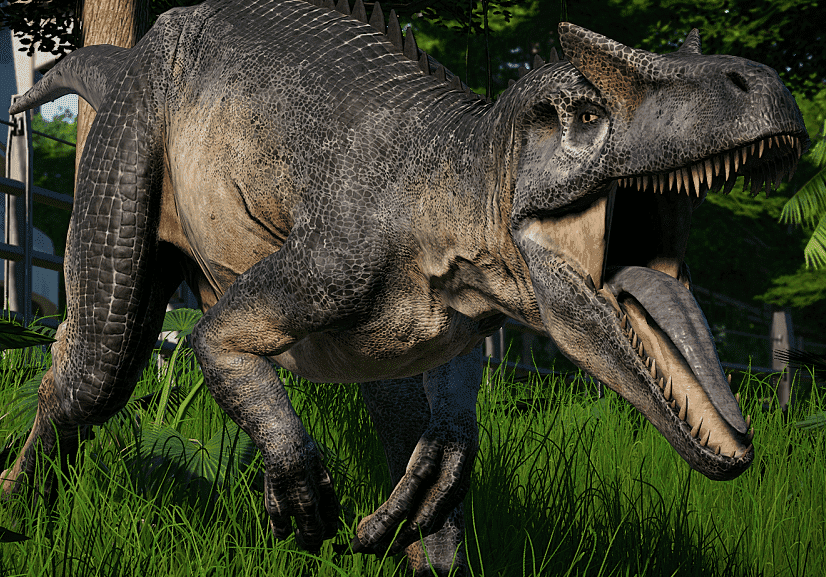It’s not just football that Argentina is famous for. The country is packed with dinosaurs’ fossils, with 80 species found so far in its territory. That’s 10% of the 800 that have been discovered across the world. Half of all known species have been found in Argentina, the US, China, and Mongolia. Now, a new species has been added to the roster.

Following two weeks of excavations, a group of paleontologists found a new megaraptor in the south of Argentina, specifically in the province of Santa Cruz. The specimen measured about 10 meters (33 feet) in length, which makes it one of the largest megaraptors found so far.
In a statement, the team said that the remains date back 70 million years – towards the end of “the age of the dinosaurs”. Fernando Novas, who was involved in the excavations, told Reuters news agency that “this new megaraptor that we now have to study would be one of the last representatives of this group” before the dinosaurs became extinct.
Megaraptors were large predatory dinosaurs that prospered during the Cretaceous period, primarily in the southern hemisphere (remains were also found in Australia and Asia) until the mass extinction that happened approximately 65 million years ago.
“Unlike the Tyrannosaurus rex, the megaraptors were slimmer animals, more prepared to run, with long tails that allowed them to maintain balance. They had muscular legs to be able to take long steps,” said in a statement Mauro Aranciaga Rolando, a fellow at the Argentine Museum of Natural Sciences (MACN).
Megaraptors had several characteristics that made them particularly lethal. According to Aranciaga, their main weapons were their extremely long and muscular arms. They also had claws on their thumbs, which had a sharp edge and could reach 40 centimeters in length.
Researcher Fernando Novas said that this new discovery will allow paleontologists “to know how these dinosaurs were in this corner of Patagonia and to know their relationships with the megaraptors found in other parts of the world.” Novas discovered the first specimen of this group of dinosaurs in 1996 and gave them their name.
The smallest specimens of megaraptors so far found measured about five meters, while the largest reached lengths similar to this specimen found in Argentina. To extract the fossils, which were locked in extremely hard rock, it was necessary to use appropriate machinery such as a rock cutter.
In a task that took about two weeks, with chisels and hammers, paleontologists removed the rock surrounding the specimen in order to remove each of the fossilized bones. The rock that contained the fossil was covered with plastic and bandages and transported to Buenos Aires, the capital of Argentina.
The formidable predator is now under quarantine at the Natural Sciences Museum in Buenos Aires, waiting for the researchers to continue with their preparation and study. After being fully described, the fossils will make their trip back to the province of Santa Cruz to enrich the collections of the “Padre Molina” Museum.









